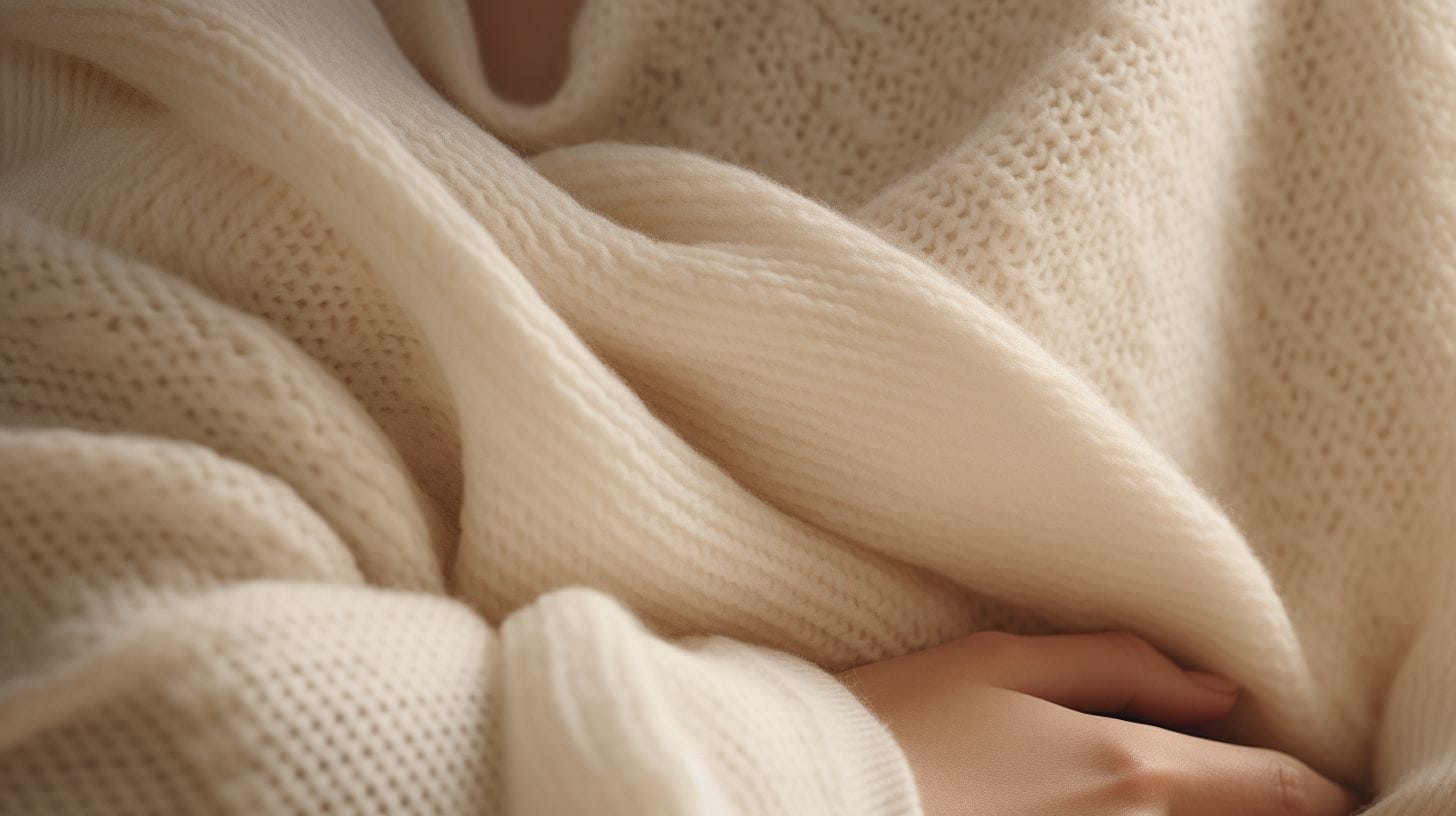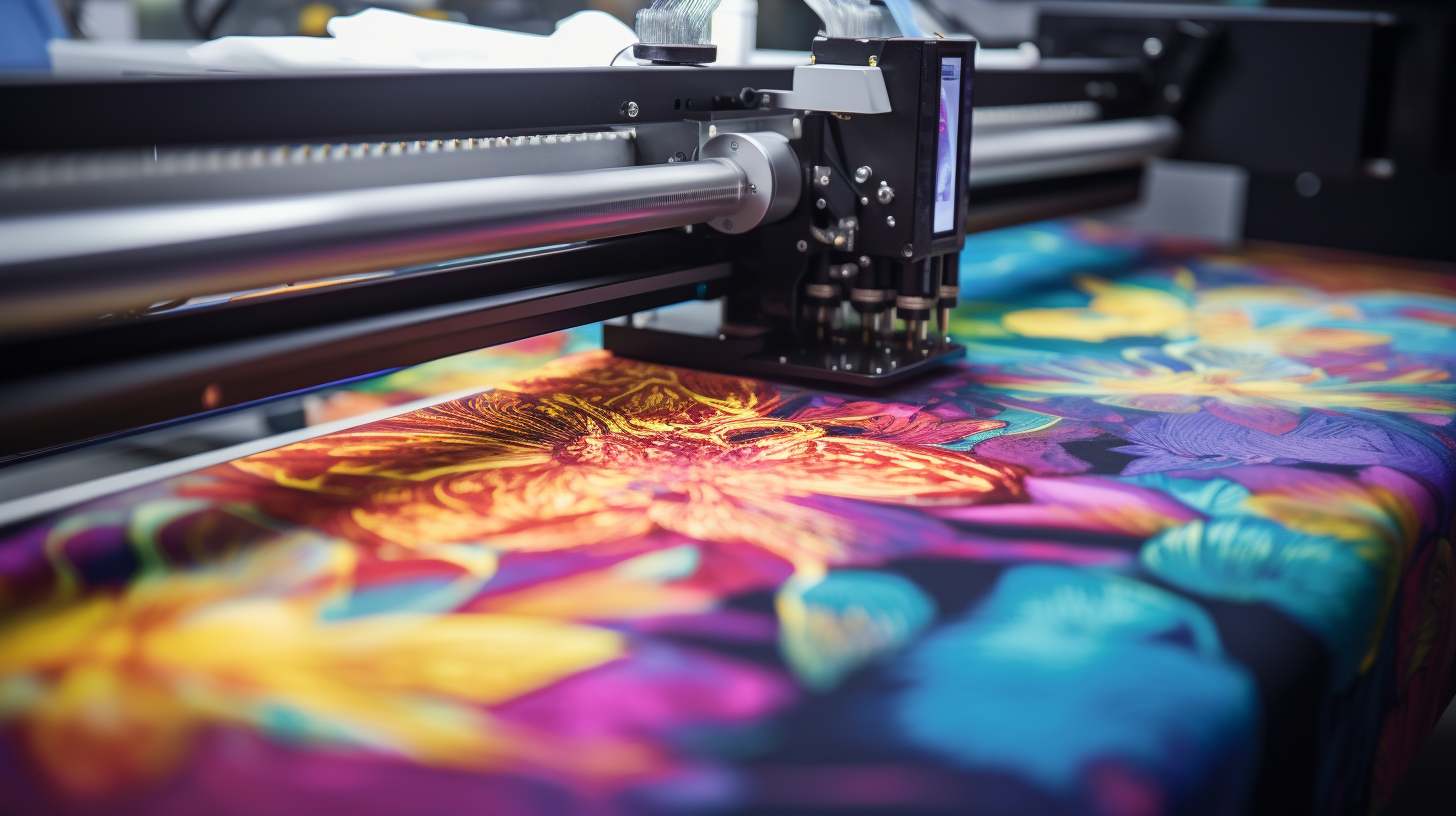Are you frustrated with pesky little balls, known as pilling, on your favorite clothes? What is fabric pilling? Pilling is a common problem caused by short or broken fabric fibers knotting together. This article will unveil what fabric is pilling most. Also, you will learn practical tips and solutions for preventing and removing these annoying pills.
Let’s dive into the world of fabric care to save your threads!
What Causes Fabric Pilling?
The main causes of fabric pilling during regular use and wear are abrasion and friction. These actions lead to the tangling of short or broken fibers on the surface, forming balls known as pills.
Notably, areas with the most contact or friction, such as the underarms, collar and cuffs of shirts, thighs, and rear of pants, are more likely to pill.
The structure of the fabric also plays a critical role in pilling occurrences. Knitted fabrics have looser threads compared to woven fabrics, which makes them more susceptible to pilling.
Moreover, materials made from long fibers, such as silk and linen, tend not to pill. But those made from shorter fibers like wool, cotton, polyester, or other synthetic threads, experience this issue more often.
Interestingly enough, when different fiber types are combined in a fabric blend, weaker ones may break first due to abrasion. They then wrap around stronger fibers, forming knots that result in visible pills on the surface of the fabric.
Thus, understanding these causes is important for managing fabric care effectively.
What Fabric Pills the Most?
When it comes to pilling, certain fabrics are more susceptible than others. In this section, we’ll find what fabric pills the most from three aspects.
1. Type of Yarn Used
The type of yarn used significantly influences the fabric pilling tendency. Fabrics made of long fibers, such as silk and linen, pill less compared to materials like wool, cotton, polyester, and other synthetic threads.
Durable natural fibers tend to resist pilling because they possess a stronger structure.
Blended fabrics present a unique problem related to pilling, especially when weak and strong fibers mix. In this situation, the weaker fiber tends to break and knot around the more robust fiber, resulting in fabric pills.
Thus, understanding yarn types can help you make informed decisions about your clothing purchases.
2. The Structure of the Fabric Used
Fabrics are either knitted or woven. Knitted fabrics, typically loose in their structure, experience more pilling compared to the firmer structure of woven materials. In the world of knitting, it is preferable to choose tighter patterns because they pill less than their looser equivalents.
Fabric made from long fibers sees fewer instances of pilling than those composed of wool, cotton, polyester, and other synthetic threads. Blended fabrics that mix these diverse fibers can lead to different degrees of pilling. For instance, in a cotton/polyester blend, the weaker fiber may break and knot around the stronger one, resulting in pill formation.
So understanding how fabric structure contributes to pilling is an essential aspect of clothing care and longevity.
3. Type of Finishing Used
The finishing process greatly affects the tendency of a fabric to pill. Materials treated with soft, fuzzy finishes are more prone to pilling because they loosen surface fibers. For example, flannel and fleece get their characteristic feel from brushing or raising techniques that create these loose fibers.
Also worth mentioning is the bio-polished finish, which involves treating fabric with enzymes to remove any loose fibers before you even wear it. This reduces the chances of pills forming later on.
So while shopping for clothes or fabrics, consider not only the type of fiber but also how it’s been finished, as both factors can impact its durability and resistance to pilling.
Ways To Prevent Fabric Pilling
Discover the essential steps for preventing pilling. Dive deep into strategies for selecting fabrics that resist pilling for longer durability. Stay tuned to unfold more tips!
1. Buying Fabrics That Won’t Pill
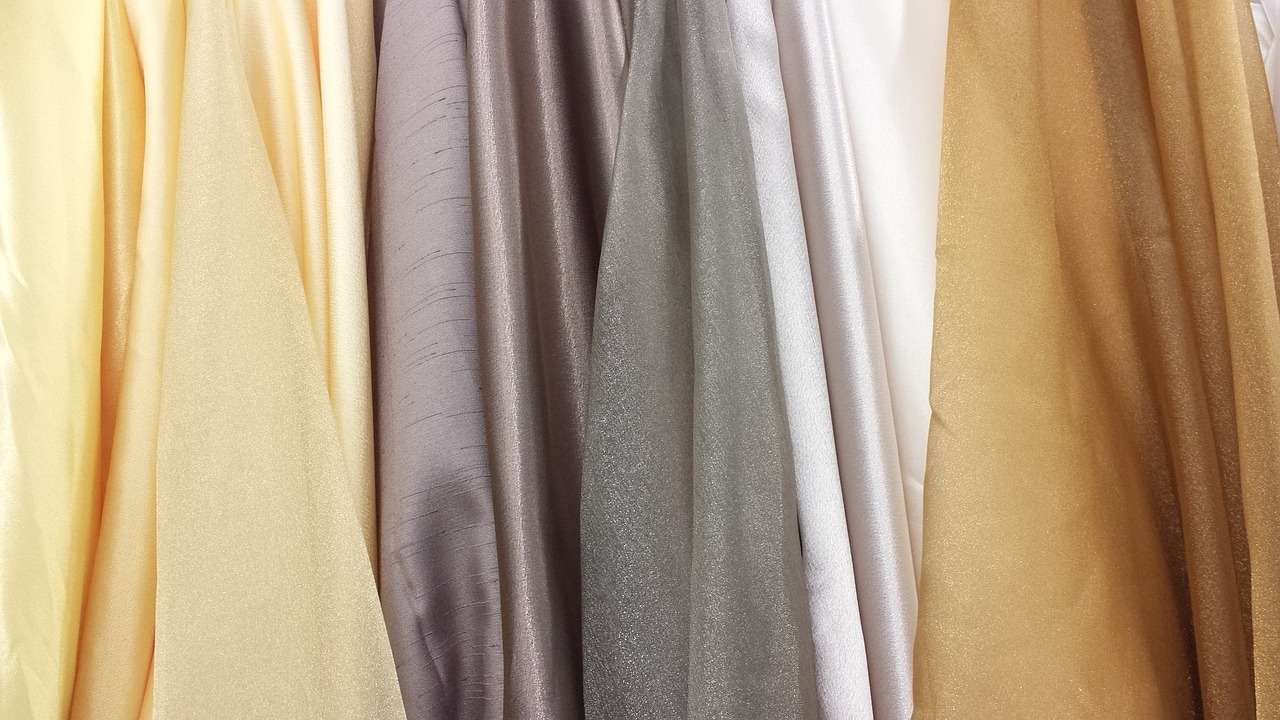
When shopping for clothes or fabric, consider the type of fiber used in its creation. Long-fiber fabrics like silk and linen are less likely to pill compared to wool, cotton, polyester, and other synthetic threads.
It’s also helpful to know that knit fabrics often pill more than their woven counterparts due to their loose thread structure. Clothing labels can be a good source of information about the fabric content.
Opting for high-quality materials can extend your garment’s lifespan by reducing pilling risks.
2. Checking the Care Label
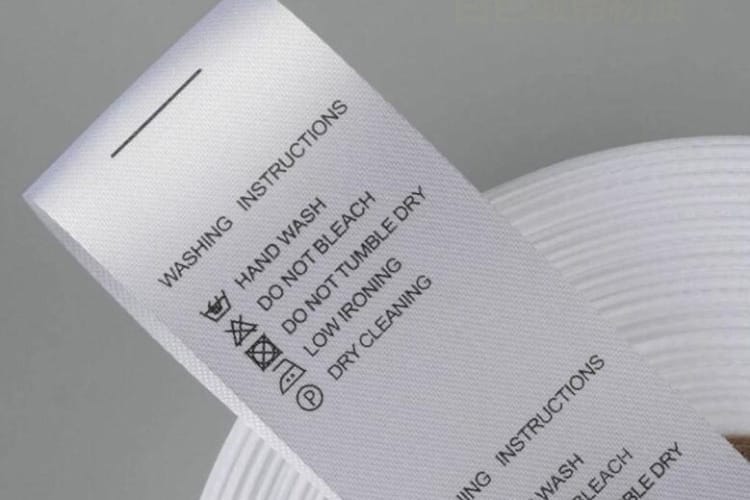
Every piece of clothing has a tag that holds the key to its longevity: the care label. This small yet essential guide indicates how to wash, dry, and maintain your clothes.
Misinterpreting or completely ignoring these instructions can lead to unwanted fabric pilling. Synthetic threads like polyester are more prone to pilling if not cared for correctly.
Consulting the care label is an integral part of preventing pilling. These labels provide specific washing and drying instructions that help keep fabrics in their optimal condition.
For instance, some items might require hand washing or using your washer’s gentle cycle. They need to reduce agitation.
Following these guidelines is crucial to safeguard your clothes against unnecessary wear and damage, such as knots and bobbles of fuzz.
3. Sorting Clothes by Type and Turning Items Inside Out

Handling your clothes with care starts even before the wash cycle. It’s crucial to sort your clothes by type and turn them inside out.
- Group similar fabrics together: Keep delicate items separate from heavier fabrics. This prevents rougher materials from causing abrasion on more delicate ones.
- Segregate darks and lights: This helps prevent color bleeding, which can lead to pilling over time.
- Turn garments inside out: Clothes, especially those with prints or embellishments, should be turned inside out before washing. This not only protects the outer surface from wear but also reduces the chances of pilling.
- Zip up all zippers: Leaving zippers open can cause them to snag on other items in the wash, leading to potential fabric damage and pilling.
4. Using a Detergent with Enzymes and a Gentle Wash Cycle
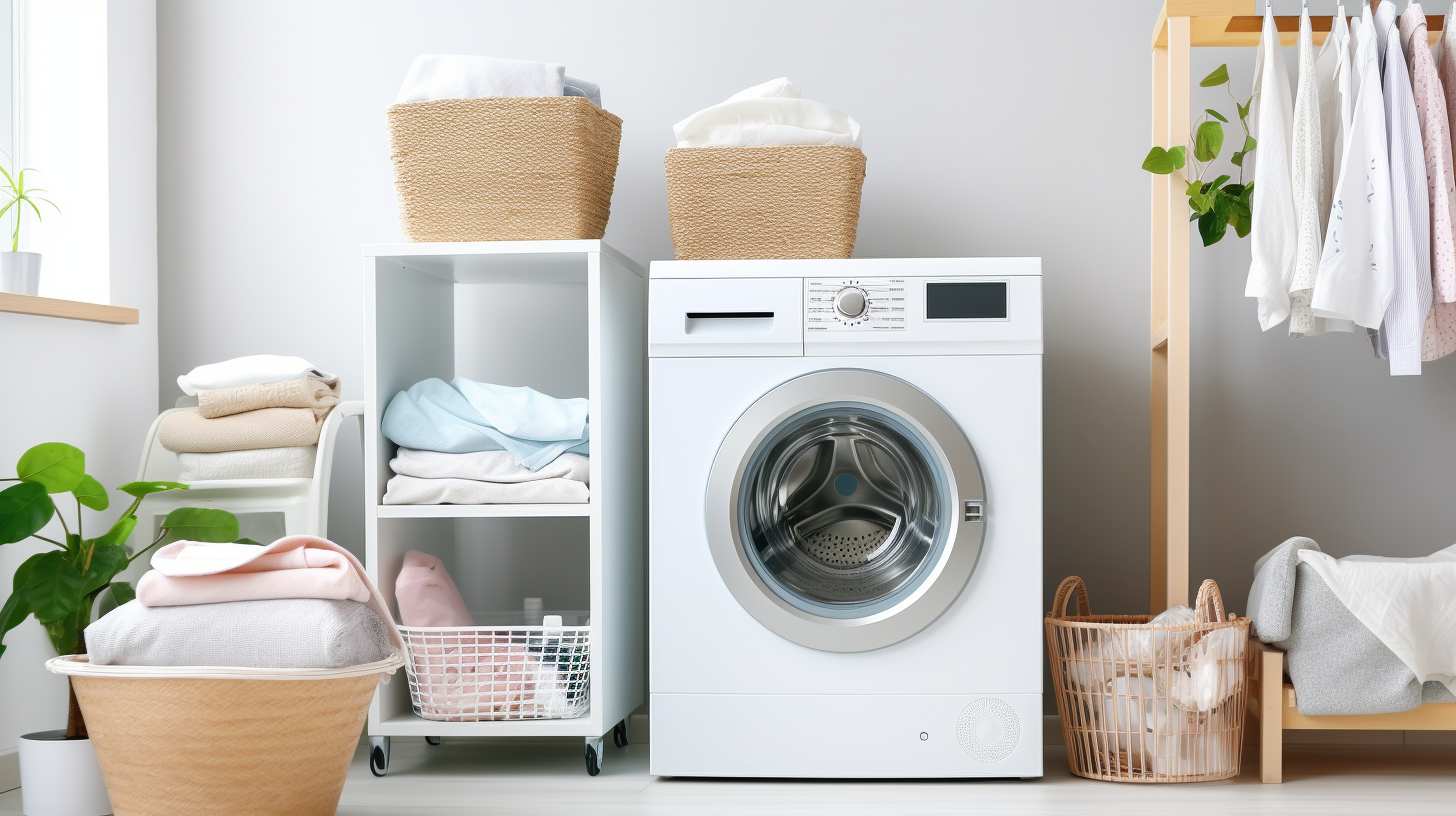
Detergents with enzymes act as potent cleaners, breaking down cotton pills and removing them from your clothes. Opt for laundry products containing cellulase enzymes to combat fabric pilling effectively.
Pair these detergents with the gentle wash cycle on your washing machine. This is a significant step in preventing further pilling. This conservative cycle reduces washing and drying agitation. It treats fabrics delicately and limits the friction that prompts those pesky lint balls or bobbles of fuzz.
Say goodbye to bleach and harsh cleaners that weaken fibers, causing breakage and subsequent pilling.
5. Using Fabric Softener
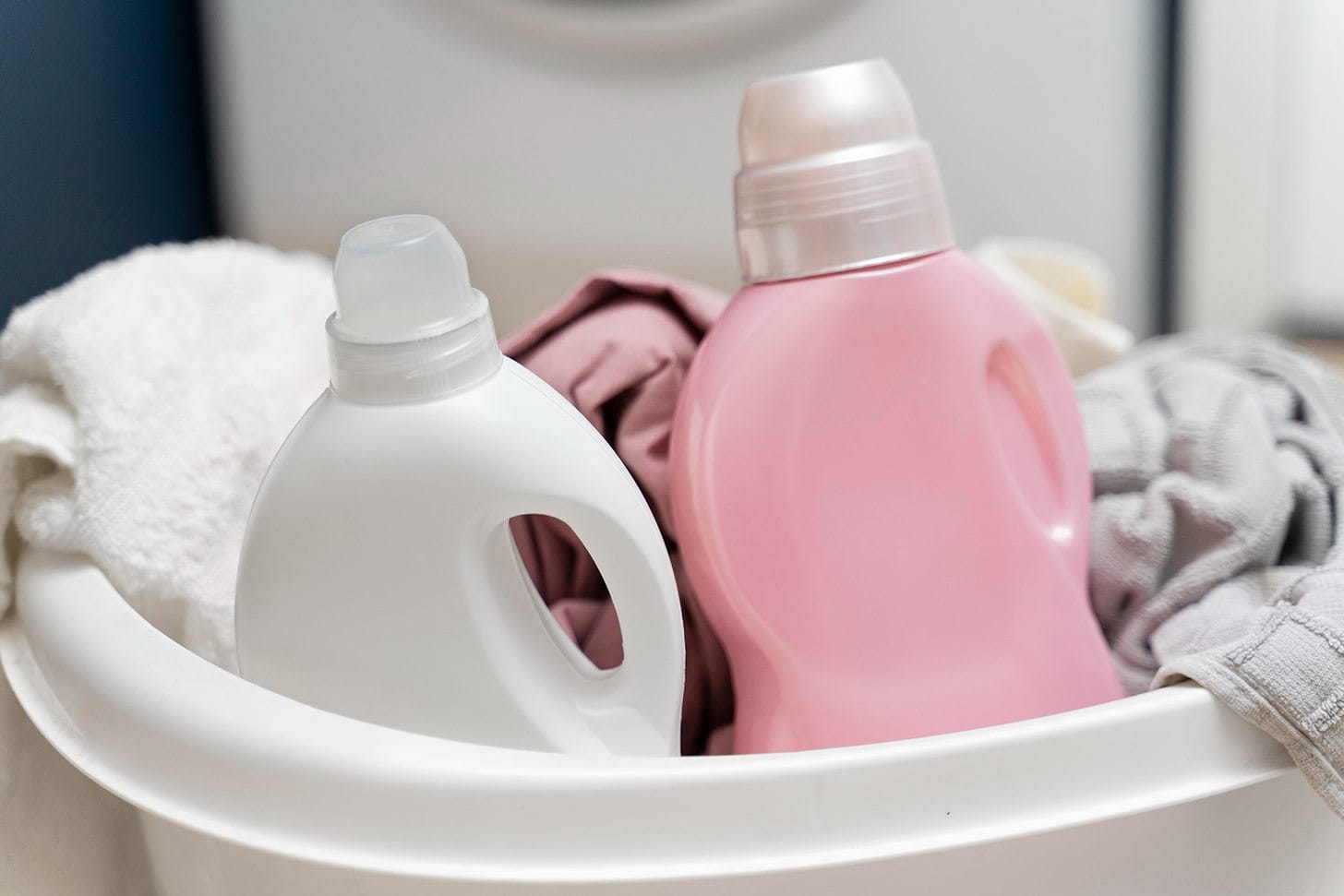
Fabric softener is more than just a laundry accessory. It plays a crucial role in safeguarding your clothes. By adding fabric softener during the rinse cycle, you minimize abrasion on fabric fibers, which often leads to pilling.
It works by coating the fibers of your fabrics, providing them with an extra layer of protection, and reducing friction during washing. This protective measure helps maintain the appearance and prolong the life of your garments.
Particularly for those made from long fibers, using fabric softener can help prevent unwanted pills from forming on their surface. Remember to follow usage instructions to avoid any adverse effects on your clothing material!
6. Air-drying If Possible

Air drying is a preferred method to protect your clothes from pilling. This technique limits the abrasion that fabric undergoes in the dryer. It is good for clothes made up of delicate fibers like wool or cotton.
By hanging your laundry outside or on a drying rack, you’re also saving energy and preserving the longevity of your fabrics. Some garments may require flat drying, so always remember to check the care label for specific instructions.
Adding a fabric softener can further aid in reducing friction between fibers, thereby preventing pills. If weather conditions don’t permit air drying, using a dryer with a low heat setting can also be an alternative choice. But it’s still not as gentle as air drying.
7. Using Low Heat Setting If You Have to Use the Dryer

Reducing the heat setting on your dryer is a smart move to avoid fabric pilling. High temperatures can damage and break down fibers, leading to pill formation. Using a low-heat cycle protects fabrics while they tumble dry, preserving their texture and longevity.
Dryers offer different degrees of heat settings, ranging from air fluff (no heat) to high. So, when you have clothes prone to pilling, such as knits or synthetic blends, opt for lower-temperature drying options like ‘delicate’ or ‘low’.
This approach not only saves your clothing but also conserves energy too!
8. Limiting Friction

Reducing friction on your clothes is an effective strategy to prevent pilling. The constant rubbing of fabric, especially in frequently worn areas like underarms and thighs, contributes greatly to the formation of pesky pills.
During laundry routines, keep your movements smooth and gentle to decrease fiber agitation. Also, consider strategically dressing based on the activities planned for the day. Limited movement reduces contact and thus decreases friction.
For instance, avoid wearing delicate fabrics during heavy physical activity. Because a lot of brushing or rubbing may occur against different surfaces.
How to Remove Pilling from Fabric
Now let’s discover straightforward techniques to remove those annoying pills from your favorite clothes. Dive into this section to learn more about each method and revive your beloved garments. Keep reading for our detailed instructions on removing pilling!
1. Using a Lint Roller or Tape
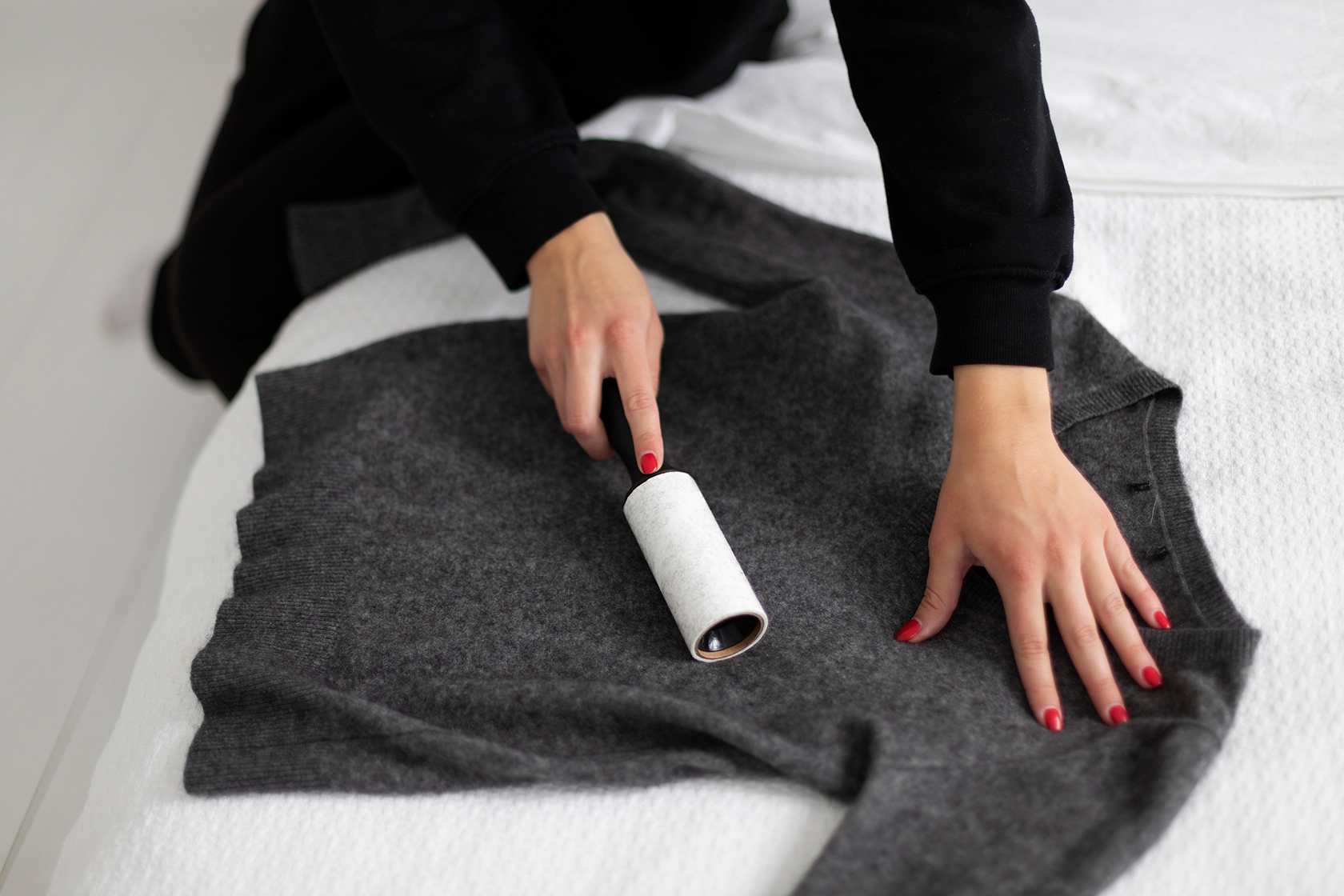
You can easily find these tools in most department or craft stores. Ideally designed to lift loose lint, pet hair, and other debris off fabric surfaces, they also work great on tangled fibers that cause pilling.
Simply roll the adhesive side over your garment surface to remove any visible pills. This method works particularly well on knitted materials prone to pilling and longer-fiber fabrics like silk and linen.
It’s beneficial to de-pill clothes with a lint roller or tape before each wash. This step helps avoid further tangling with loose threads during laundering.
2. Using a Sweater Stone
Take up your sweater stone to restore the look of your favorite fabrics. This simple, cost-effective tool is particularly adept at removing pills from wool, cotton, polyester, and synthetic materials.
Just move the stone gently over the fabric surface and watch as it lifts away unsightly pills. This versatile tool can also be used on blankets, upholstery, or even fleece and flannel items.
With easy-to-follow instructions and an eco-friendly design, a sweater stone offers a practical solution to keep your garments looking their best.
3. Using a Fabric Shaver
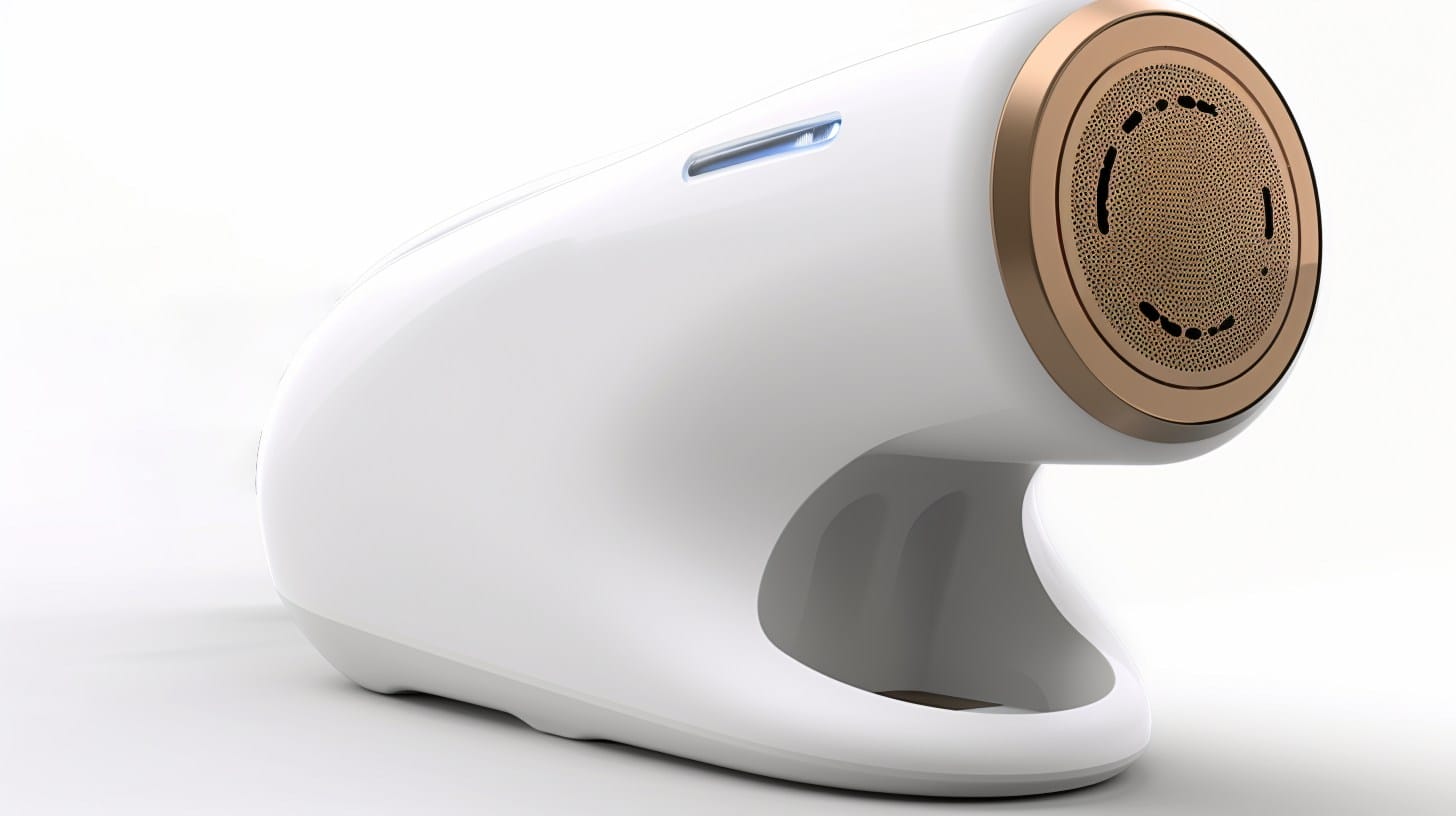
Fabric shavers serve as an excellent tool to keep your clothes looking brand new. This handy gadget works by slicing off the tangled fibers that form pills, making it particularly helpful when dealing with knit fabrics, which are known for their susceptibility to pilling.
Regular use of a fabric shaver helps restore the aesthetic appearance of your garments. It also plays a preventive role in combating pill formation. It’s an easy-to-use device designed for maintaining the freshness and longevity of various fabrics in your wardrobe.
4. Using a Disposable Razor
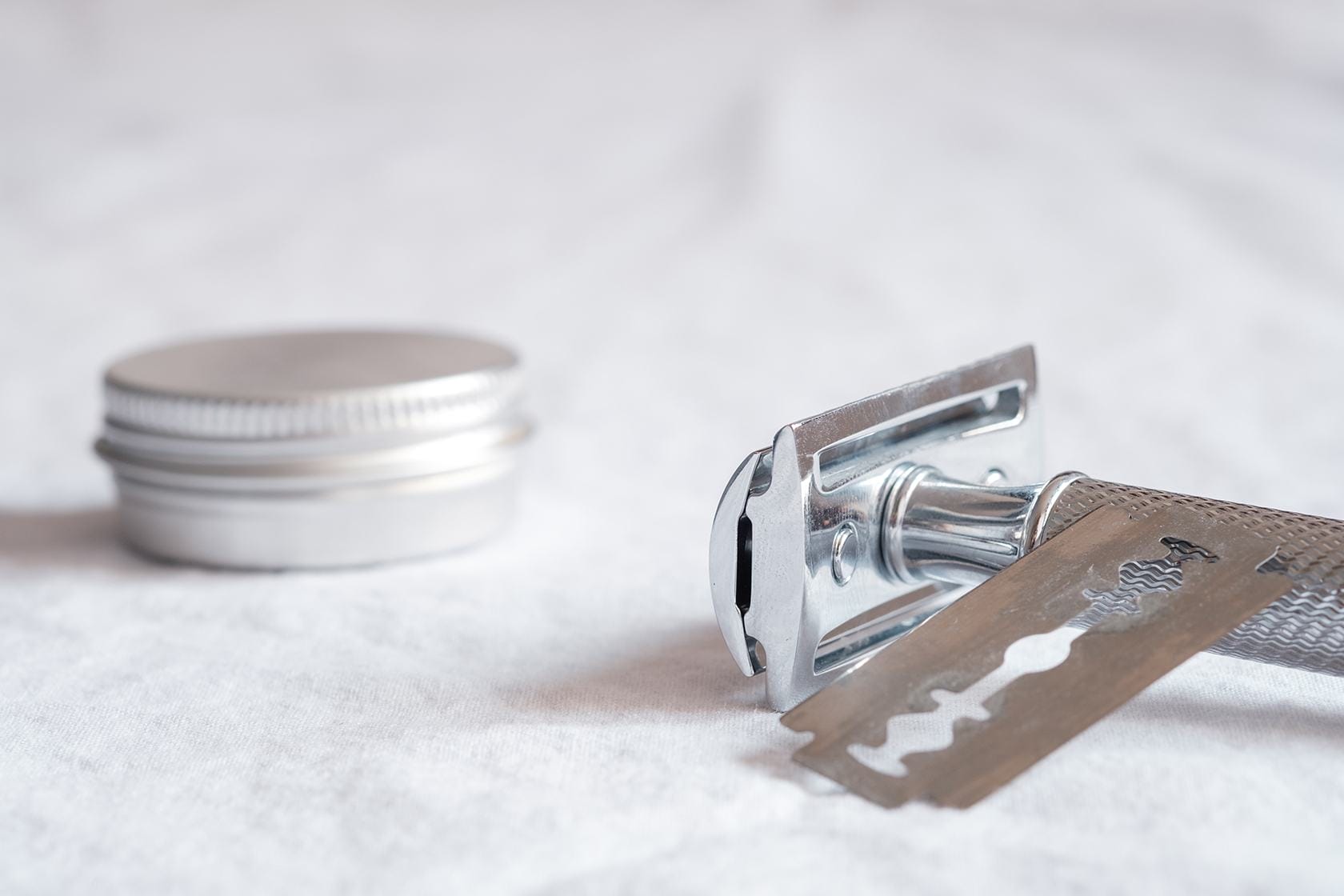
Pull out a disposable razor from your bathroom cabinet to combat fabric pilling. It’s an effective method for removing those pesky pills, especially on synthetic fibers like polyester.
Hold the razor lightly over the fabric and gently shave in one direction. This process cuts off the visible pill while leaving the rest of your clothing intact.
However, apply caution when using this technique. The disposable razor can damage delicate fabrics if not handled carefully. To avoid snagging or creating holes in your clothes, ensure that you glide over flat surfaces only.
Use this cost-effective method to extend the life of your favorite garments without spending extra money on specialized tools.
5. Using a Pill Razor
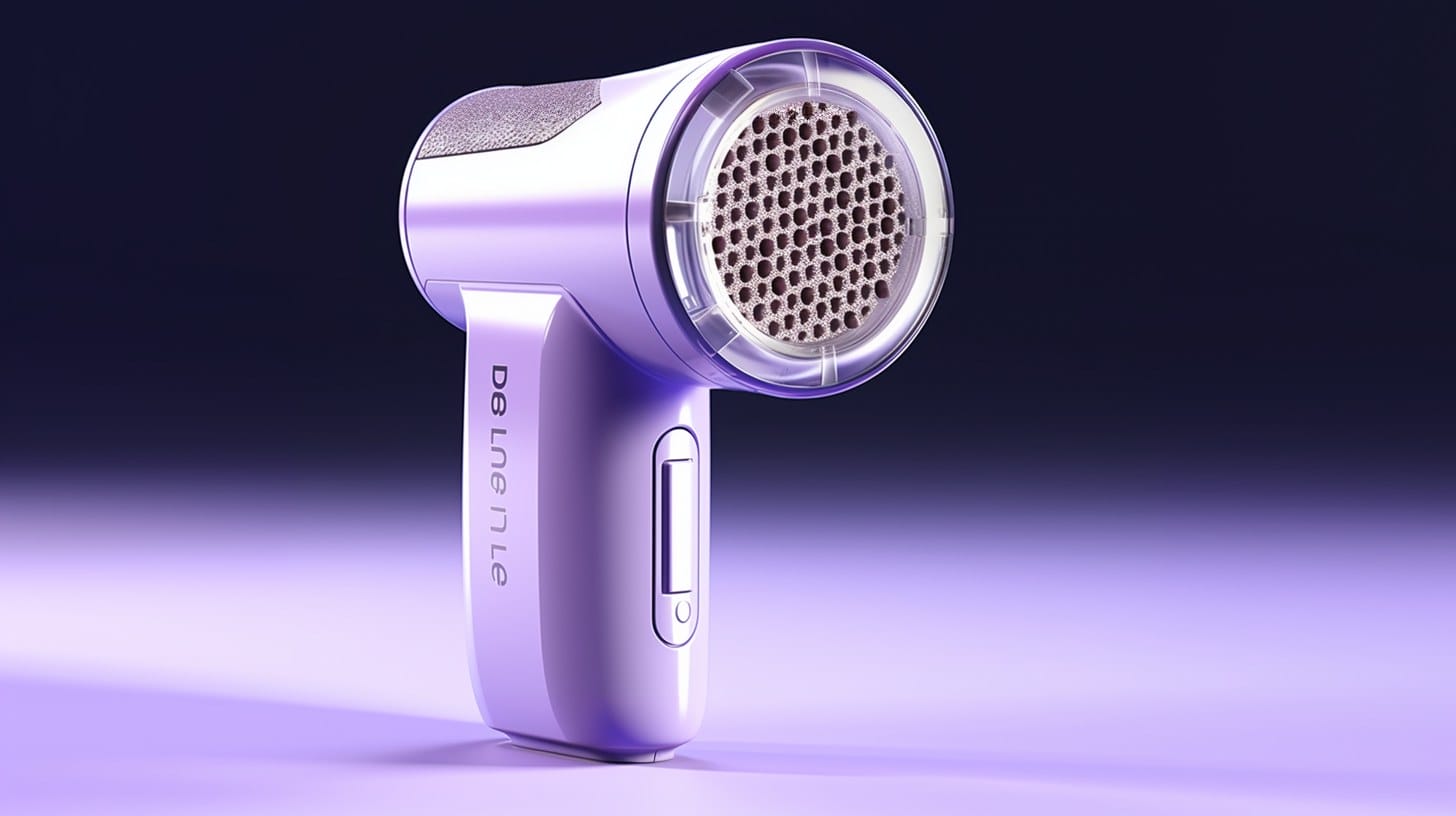
A pill razor works by trimming the pills from your fabric surface effectively. This tool enhances the appearance of your clothes and other fabrics suffering from annoying fuzz bobbles.
Using a pill razor is convenient and straightforward. Glide it gently over the affected fabric area to collect tangled fibers safely without causing any damage. For maintaining quality and extending the life-span of various materials in regular use, this efficient solution is highly recommended.
6. Using a Sweater Comb
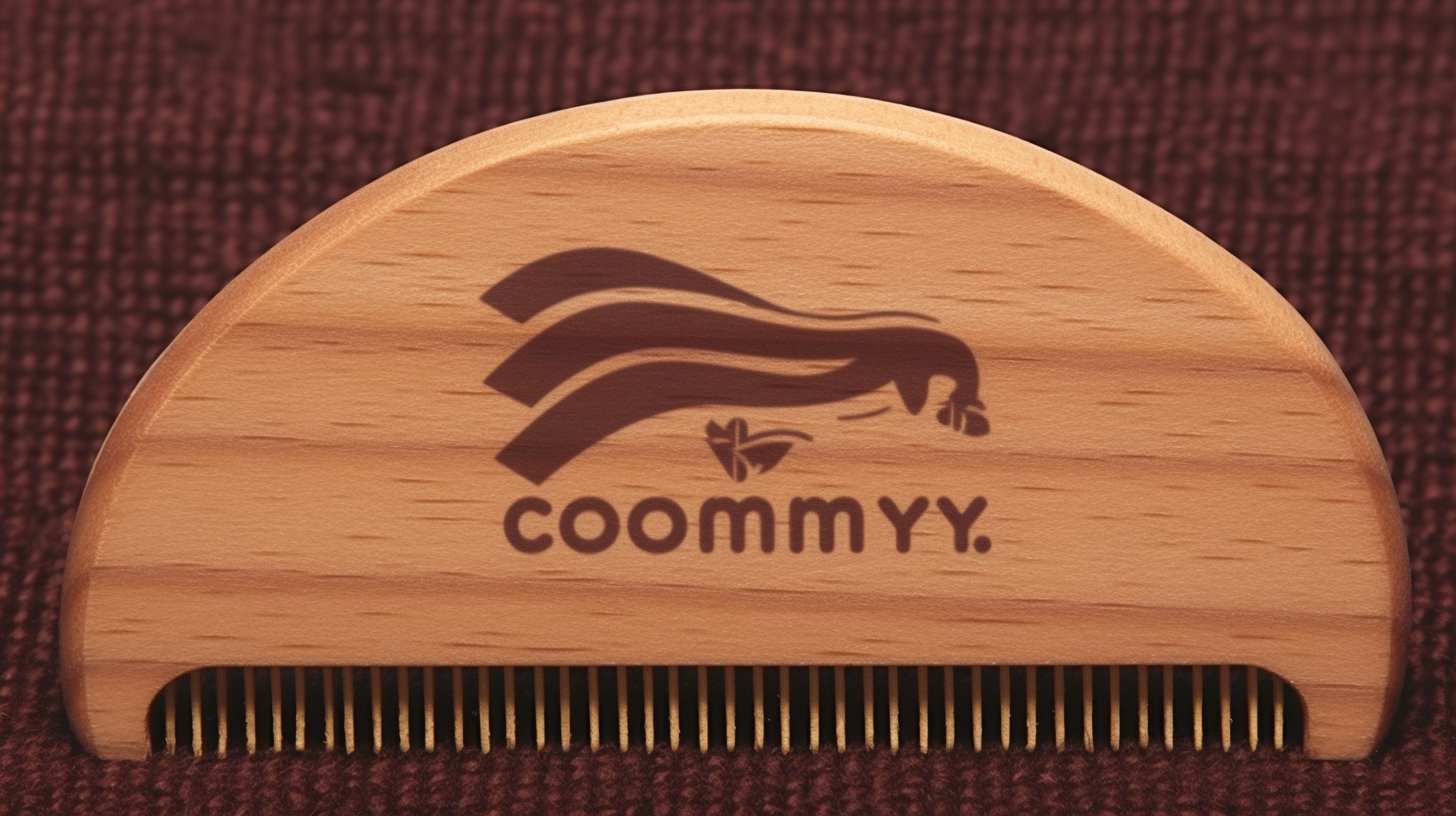
Sweater combs serve as a practical solution for fabric pilling. You can use this tool on delicate fabrics or clothes that require gentle handling. Start by laying the garment flat, and then gently glide the comb over the affected area to remove pills without any damage.
The fine teeth of the sweater comb pull off the fuzzballs, tidying up your favorite sweaters with ease. This method protects your important garments from wearing out prematurely due to pilling. It ensures they remain in prime condition for much longer.
7. Using Nail Scissors
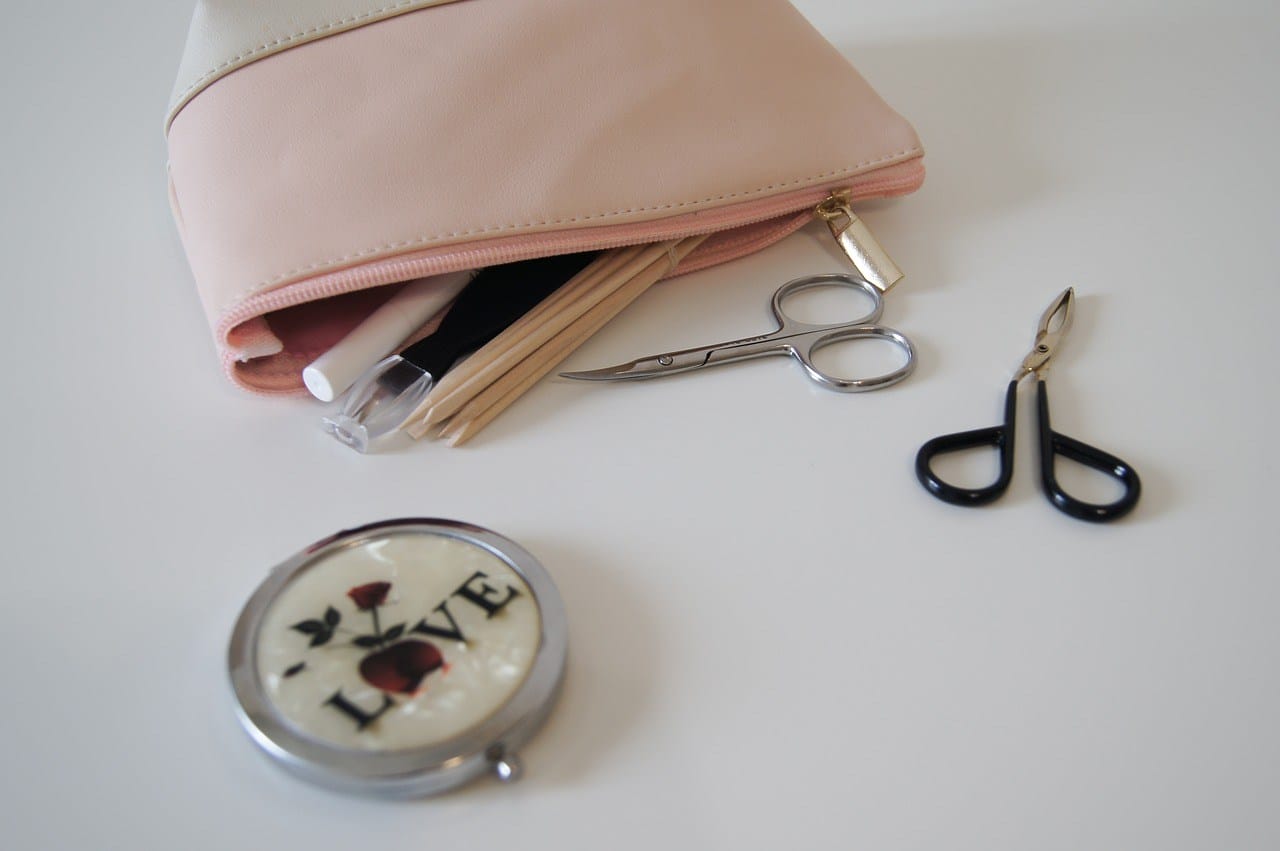
Using nail scissors to remove fabric pilling requires extreme caution. Although they are a common household tool, their sharp edge and small size can potentially damage your clothes if not used carefully.
They are not specifically designed to address pilling. Therefore, they may lead to less than satisfactory results. An accidental snip could cause irreparable harm by cutting or tearing the fabric. So this is just an alternative method.
8. Using Velcro Hair Rollers
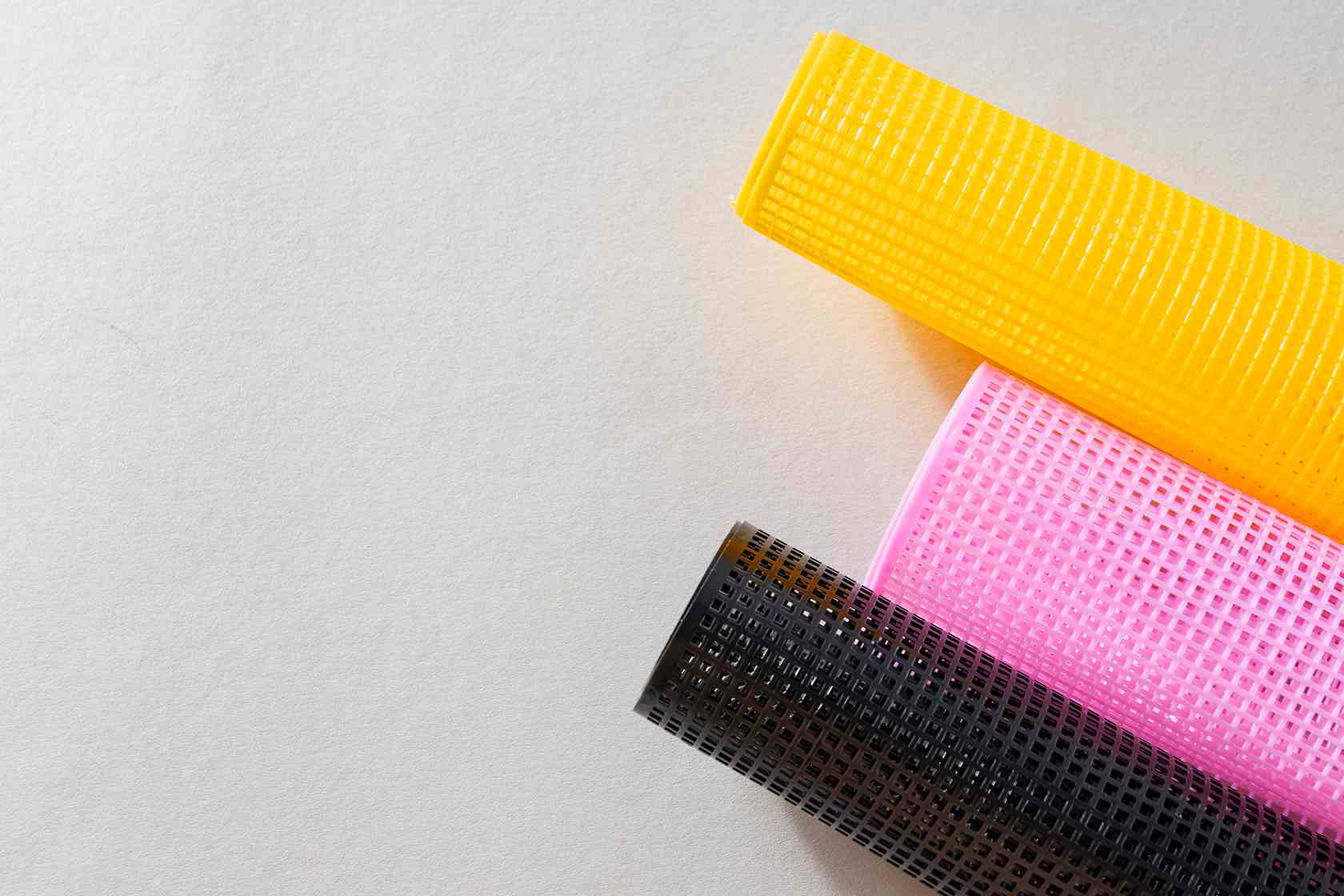
Harness the adhesive power of Velcro hair rollers to combat pilling on your fabrics. This household item doubles as a tool effective at removing unwanted pills from clothing and other textiles.
You run the roller over the affected fabric surface, allowing its hook-and-loop structure to seize hold of and extract pills with minimal effort.
The technique is simple. Hold your piece flat and stretch out any wrinkles or folds. Then gently roll the Velcro across it. Make sure you’re rolling in one direction only for the best result.
As an added benefit, this method reduces potential damage caused by more aggressive tools like razors or scissors.
Conclusion
Taking proper care of our clothes can make them last longer and look better. Pilling is a common struggle, but knowing why it happens and how to prevent it gives us control over the appearance of our wardrobe.
With simple strategies like sorting laundry properly or using fabric softeners, you can protect your garments from unsightly pilling. Moreover, removing pills once they form provides a second chance for your beloved items to regain their smooth finish.
Discover more sewing techniques and fabric secrets on Longan Craft Blog!

